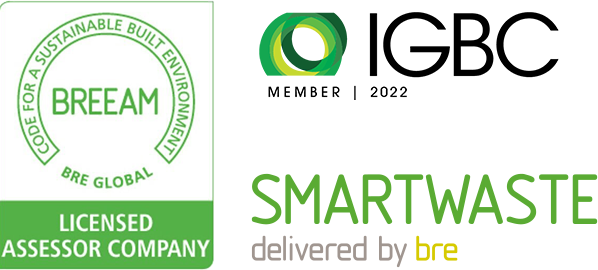Making a small change can effect a positive global change.

The whole ESG, Sustainability and Carbon Net Zero world can be a mass of complicated information which leads to uncertainty around what are the right steps to take when trying to reduce the carbon impact of any workplace.
What should we start with? How do we start? Is this the right thing to do?
The key to reducing environmental impact is a behavioural change from the highest-level right throughout the workplace and as simple as it might sound, the first step should be as easy as starting with something, anything. That something can be as small as introducing a ban on single use plastic bottles or adding sustainability to a meeting agenda.
Engagement and ownership are key to any culture or behavioural change and appointing a sustainability lead will create a champion and ensure it is kept on the agenda.
Making sustainable changes is not only the right thing to do but with current energy prices it now also makes economic sense. There are number of cost neutral changes that any workplace can implement.
Treating your aircon and heating like lighting by turn off or reducing in rooms that are not in use can have a big impact. Review your office capacity and create trends in staff start and finish times. This can be an effective way to introduce down times e.g., people mainly finish in the office at 17:30 so we can time the heating/aircon to shut off at 16:30. If your workplace is a hybrid model, creating footfall trends can also be used to track days that capacity reduces and implementing a plan to reduce usage on these days.
Natural light doesn’t cost anything and not only has no effect on the environment but can have a positive impact on staff. Reviewing natural light blockers like cabinets, desk positions etc can have a great impact on lighting and reduce overall usage or dependencies on electricity.
Changes that come at a cost can easily be off set against the long-term savings made by reducing usage. Smart metering can be used to identify leaks and peaks in water and electricity usage. Identifying leaks and peaks is key to understanding when usage can be reduced, for example if your footfall trend confirms that the office is empty at 18:00 every day but the electricity usage is at the same levels as 16:00, you can investigate and make the necessary changes.
Benchmarking is key to the world of Carbon Net Zero and using internal benchmarking can be a very effective way to reduce usage. Asking questions like, “Why did last Friday have a 30% increase in usage when compared to the previous four Fridays”?
Engaging with a third party to carry out energy and water audits can be a great way to get a holistic overview and will normally identify areas that significant savings can be made. Reviewing the workplace BER, energy, water usage and making recommendations on reviewing, implementing, and improving will create a sustainable approach to sustainability.
